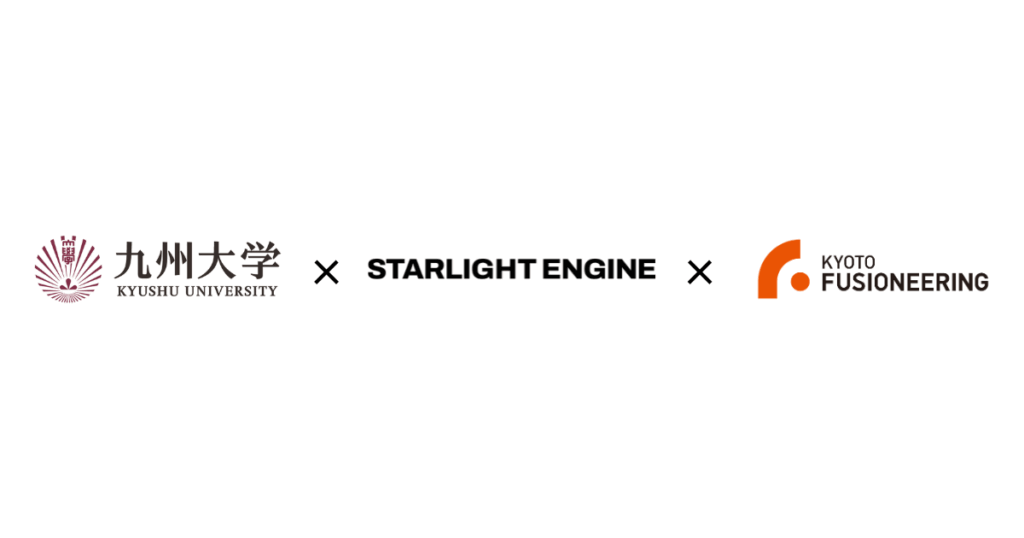Joint Research Agreement Signed to Design Advanced Devices for the FAST Project, Targeting Power Generation by the 2030s
Kyushu University, Starlight Engine Ltd. (SLE), and Kyoto Fusioneering Ltd. (KF) have joined forces under a new joint research agreement to advance the FAST (Fusion by Advanced Superconducting Tokamak) Project—an ambitious initiative to demonstrate practical fusion power generation by the 2030s. This collaboration will focus on designing critical instruments and components that will help turn fusion energy from theory into reality.

1. Joint Research Agreement Overview
Kyushu University, Starlight Engine, and Kyoto Fusioneering have signed a joint research agreement to accelerate progress on the FAST Project—Japan’s ambitious push to demonstrate fusion power by the 2030s.
Launched in November 2024 and led by Starlight Engine, FAST brings together top scientists, industrial leaders, and global collaborators to overcome key technical hurdles in fusion energy as part of the Japanese government’s national fusion roadmap.
Under the new agreement, Professor Kazuaki Hanada and his team at Kyushu University will lead R&D on critical device and instrument design. Professor Hanada is a recognized leader in plasma physics and the architect behind QUEST, Q-shu University Experiment with Steady-State Spherical Tokamak, Asia’s largest spherical tokamak device. His team also manages one of Japan’s most advanced datasets on plasma-facing components.
By combining Kyushu University’s deep research expertise, Kyoto Fusioneering’s world-class engineering, and Starlight Engine’s project leadership, the partnership aims to fast-track the core technologies needed to make fusion energy a viable power source.
2. Joint Research Agreement Details
As part of the agreement, Kyushu University, Starlight Engine, and Kyoto Fusioneering will collaborate on the design of key devices and components for the FAST Project. This includes developing high-level design guidelines, assessing feasibility and construction costs, and using simulation tools grounded in experimental data from QUEST—Kyushu University’s flagship spherical tokamak—to improve plasma–wall interaction strategies and ensure stable plasma operation. This design phase marks a critical step toward FAST’s construction and Japan’s long-term fusion power ambitions.
3. Comments from Project Leaders
Professor Kazuaki Hanada, Research Institute for Applied Mechanics, Kyushu University
“We’re excited to contribute to the FAST Project’s design phase. This privately led effort is a major milestone for fusion research in Japan. At a time when privately driven fusion programs are being developing around the world, the FAST Project marks a significant step forward for Japan. I look forward to applying the expertise we’ve developed through QUEST to help build a strong foundation for Japan’s fusion future.”
Kiyoshi Seko, CEO, Starlight Engine Ltd.
“We’re proud to collaborate with Kyushu University and Kyoto Fusioneering on FAST. Professor Hanada’s leadership in fusion research, especially through QUEST, brings invaluable insight based on decades of knowledge and expertise. Together with KF’s engineering strengths, we’re committed to pushing FAST forward at speed.”
Satoshi Konishi, Co-Founder and CEO, Kyoto Fusioneering Ltd.
“It’s an honor to work alongside Professor Hanada, one of Japan’s leading fusion researchers, and support the FAST Project, driven by SLE. Achieving fusion power in the 2030s is a bold national goal, and we’re ready to help turn that vision into reality.”




